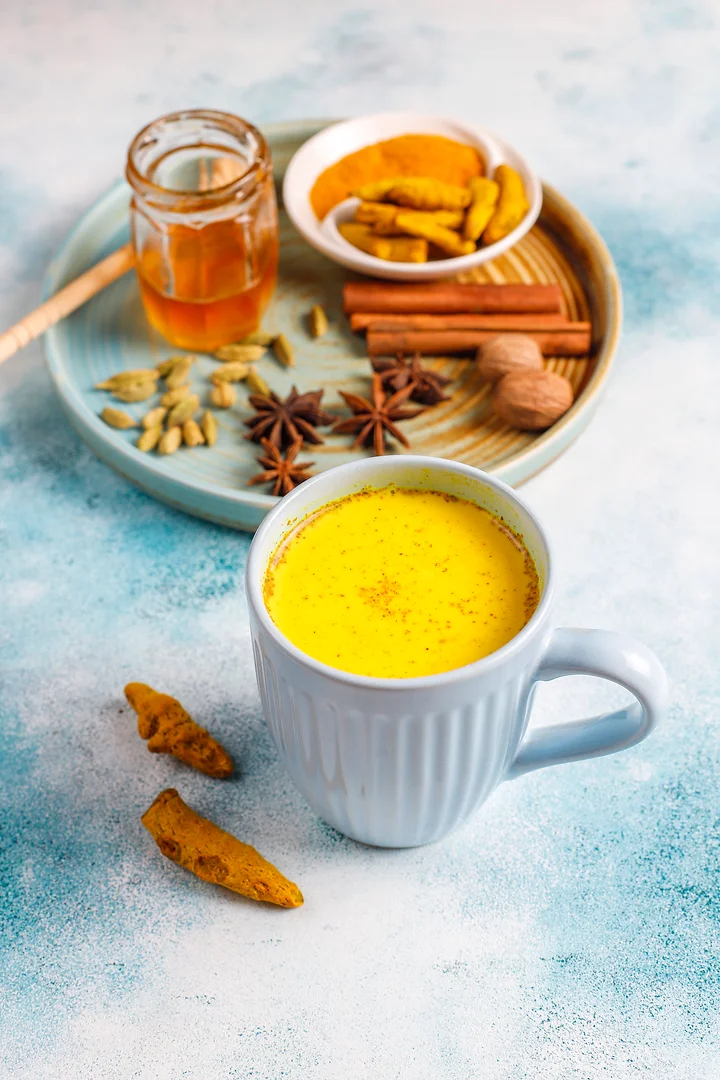
My ‘Growing up Herbal’ phase took a new turn when I started reading about Turmeric & Curcumin. After every article, my thoughts to grow some Turmeric in my kitchen garden kept building up. And finally, in 2018 I decided to wave off or reduce the numbers of some winter vegetable plants to find a way to sow Turmeric and ginger. Turmeric was also grown all around the plot so a pest control and health-inducing plant took care of the whole garden.

Turmeric, a perennial rhizomatous herb that belongs to the ginger family, is native to tropical Southeast Asia. India has been aware of the medicinal benefits of this special spice - Haldi for centuries but it is fairly new in the west. Turmeric is also known with more than 50 different names in Sanskrit. Turmeric is grown heavily all over India. So far, it has been researched extensively. These researches have shown what India has known and used for ages. The use of turmeric has been prevalent in the Indian sub-continent for nearly 4000 years and attributed to the Vedic Period in India.
Turmeric was a go-to home remedy for many ailments for every mother ever since anyone in India can remember and those have been passed on for generations. And the ‘Haldi Ceremony’ in Indian marriages for both girl & boy is one of the must ceremonies. We lost so many learnings over the years as our belief in allopathy kept growing due to fast relief.


But now during Corona times, we in India and west have realized that Turmeric is a wonder medicine/nutraceutical and superfood. The night time routine of Turmeric milk was a
well-known habit propagated over generations in India which was lost over a period of time and has been picked up again. Now West has started selling Turmeric Latte as well as Turmeric capsules.
Although safe in most cases, ancient treatments were ignored because their active component was not well-defined. Wide-ranging research & clinical trials over the past half-century have shown that Curcumin is the wonder component of this golden spice (Curcuma longa) which gives it the bright yellowish color as well as providing all healing properties.
For centuries it has been known that turmeric exhibits an anti-inflammatory character and in the process of inflammation has been shown to play a therapeutic role in the treatment of many chronic infections/diseases. In the current stages of research, evidence has been provided for the potential role of curcumin in the inhibition and treatment of various pro-inflammatory chronic diseases. These features, combined with the safety and negligible cost, turn curcumin into an attractive agent to explore further.
Turmeric is considered anti-oxidant, anti-inflammatory, antibacterial, antiviral, antidiabetic, anticancer effects, aids in digestion, protects the liver, may lower risk of brain diseases, can prevent and treat Alzheimer’s disease, depression and other chronic diseases.

Something I also learned over my extensive reading on Turmeric was the importance of including Black pepper in our Turmeric brews which enhances curcumin absorption by 2,000%. The absence of Black pepper leads to most of the curcumin just passing through our digestive tract. So, I don’t forget to add a pinch of Black pepper powder to all my Turmeric brews and at least 1/4th teaspoon in all the curries & vegetables I cook.
And now its time for me to enjoy my ‘Kadha’ with a pinch of black pepper along with shakkar (powdered fresh jaggery) 😊. I use ‘Earthy Protection Blend’ and will take a 15 days break after 3 months of straight use as is recommended with all Ayurvedic medications.
Written By
Shalini
Co-Founder
Bouquet Garni By Nature Class
References:
Food photo created by azerbaijan_stockers - www.freepik.com
https://www.freeimages.com/download/coriander-paprika-and-turmeric-1930854


